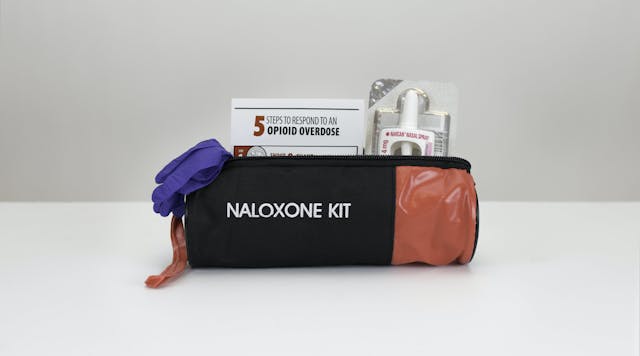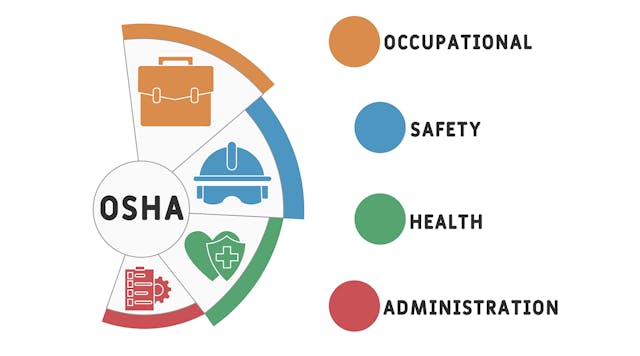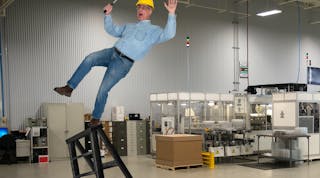The U.S. Government, whatever else you want to say about it, does a pretty good job keeping track of work-related accidents and fatalities. We know, for instance, that transportation incidents account for more than a third (37.7%) of all occupational fatalities. We also know that year after year after year, the most frequent OSHA violation by U.S. companies is fall protection, and in 2022 the number of work-related fatalities due to slips, trips and falls increased 1.8%.
And we are also aware of another uncomfortable statistic, provided by the US Bureau of Labor Statistics: A worker died every 96 minutes from a work-related injury in 2022, which is five minutes worse than the average of 101 minutes in 2021. All told, there were 5,486 fatal work injuries in the U.S. in 2022, a 5.7% increase from 5,190 in 2021.
There’s no good news in any of those numbers, other than maybe comparing the lot of U.S. workers with the rest of the world. Every day, on the average, more than 8,000 people worldwide die due to work-related accidents or diseases. That comes to nearly 3 million workers dying every year, either on the job or as a result of some sort of incident at the worksite, according to statistics compiled by the United Nations’ International Labour Organization (ILO). In other words, the number of workers who die every single day throughout the world is more than the number of U.S. workers who die in an entire year.
How is it even remotely possible that in the year 2024, with all the technology and resources and information that’s available on workplace safety, and with companies constantly proclaiming “safety first” slogans, so many people are not going home at the end of their shifts?
A recent report from the ILO—A Call for Safer and Healthier Working Environments—goes into detail about the many causes and conditions that are putting workers at risk throughout the world:
· Nearly 7% (6.71%) of all deaths in the world are work-related fatalities. The percentage is highest on the African continent (7.39%), followed by Asia/Pacific (7.13%).
· The majority of the work-related fatalities (roughly 75%) occur due to diseases contracted on the job, such as circulatory diseases, malignant tumors and respiratory diseases.
· The number one occupational risk factor contributing to deaths is exposure to long working hours. (Before you scoff at that point and think, “Hard work never killed anybody,” keep in mind that the ILO’s definition of long working hours equates to more than 55 hours per week.) The number two risk factor is exposure to deadly particulates, gases and fumes.
If you’re looking for the slightest sign of something positive in these numbers, the ILO notes that deaths due to exposure to particulates, gases and fumes have dropped by 20% over the past two decades. However, mesothelioma attributable to asbestos exposure is up by 40%, and lung cancers and other respiratory diseases caused by exposure to chromium has doubled over a comparable period. But however you look at the data, it becomes quite clear that workers are dying on the job in horrific numbers, and these can’t be explained away as tragic-but-unavoidable accidents.
Recognizing that things are just getting worse, in late 2023 the ILO launched an initiative called the Global Strategy on Occupational Safety and Health for 2024-2030. One of the goals of this plan (besides the obvious one of reducing workplace accidents and fatalities) is to promote the use of safety management systems by adopting ILO-OSH 2001 principles, a global standard similar to the ISO 45001 standard. (In the U.S., OSHA is likewise encouraging SMS adoption and use.)
The goals of these efforts are quite lofty, and it’s unclear as to how exactly the 187 member states (i.e., countries) of the ILO will cooperate in establishing a common global benchmark for workplace safety. Cultural and geopolitical differences aside, getting nearly 200 countries to agree on anything, let alone how to protect workers in every type of work situation imaginable, is going to take some doing. But acknowledging the problem is at least indicative of a desire to do something about it.
The reality is, technology alone isn’t going to be a game-changer. Safety management systems, AI-based predictive software, virtual reality training devices, wearable health monitors, smart sensors, warehouse robots, exoskeletons—the list of high-tech safety solutions is long and impressive, but they’re not the be-all and end-all of safety. The real game-changer is the insistence that every workplace fosters a culture of safety. No ifs, ands or buts about it.










































































